Exploring rails and trails on the Kettle Valley Railway
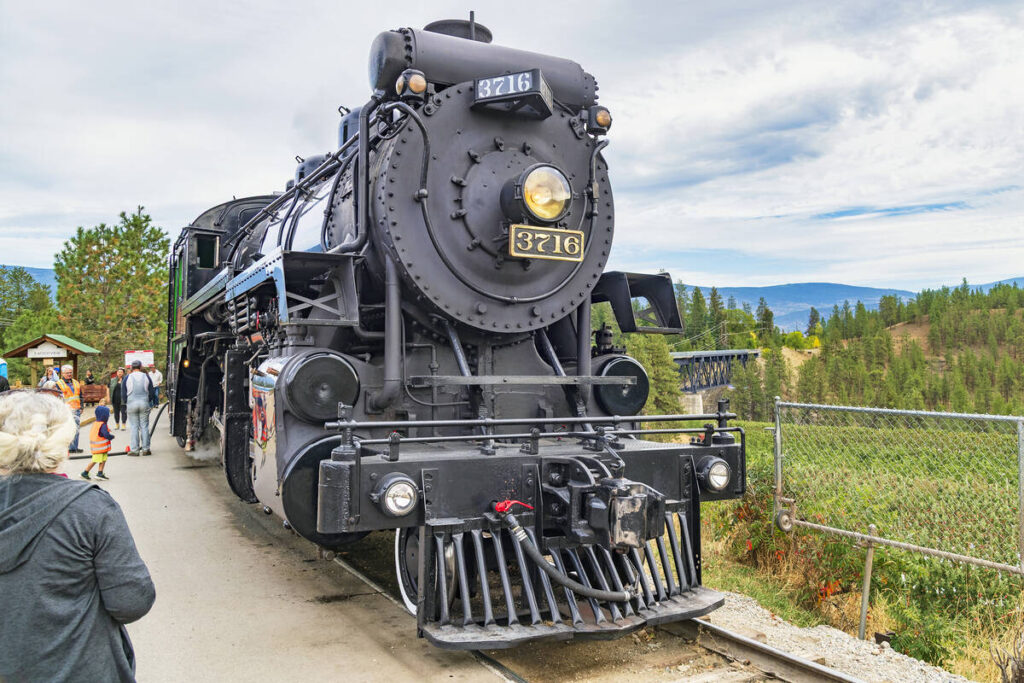
Puffs of steam hiss and billow as the century-old locomotive chugs up the incline. We’re sandwiched between mountain slopes and fertile valleys as we gaze over apple orchards and vineyards bordering Okanagan Lake.
Only a handful of steam trains remain in Canada, and this route is among the most scenic.
British Columbia’s Kettle Valley Railway (KVR) was built through some of Canada’s most rugged terrain, a route that the Canadian Pacific Railway rejected as being too difficult.
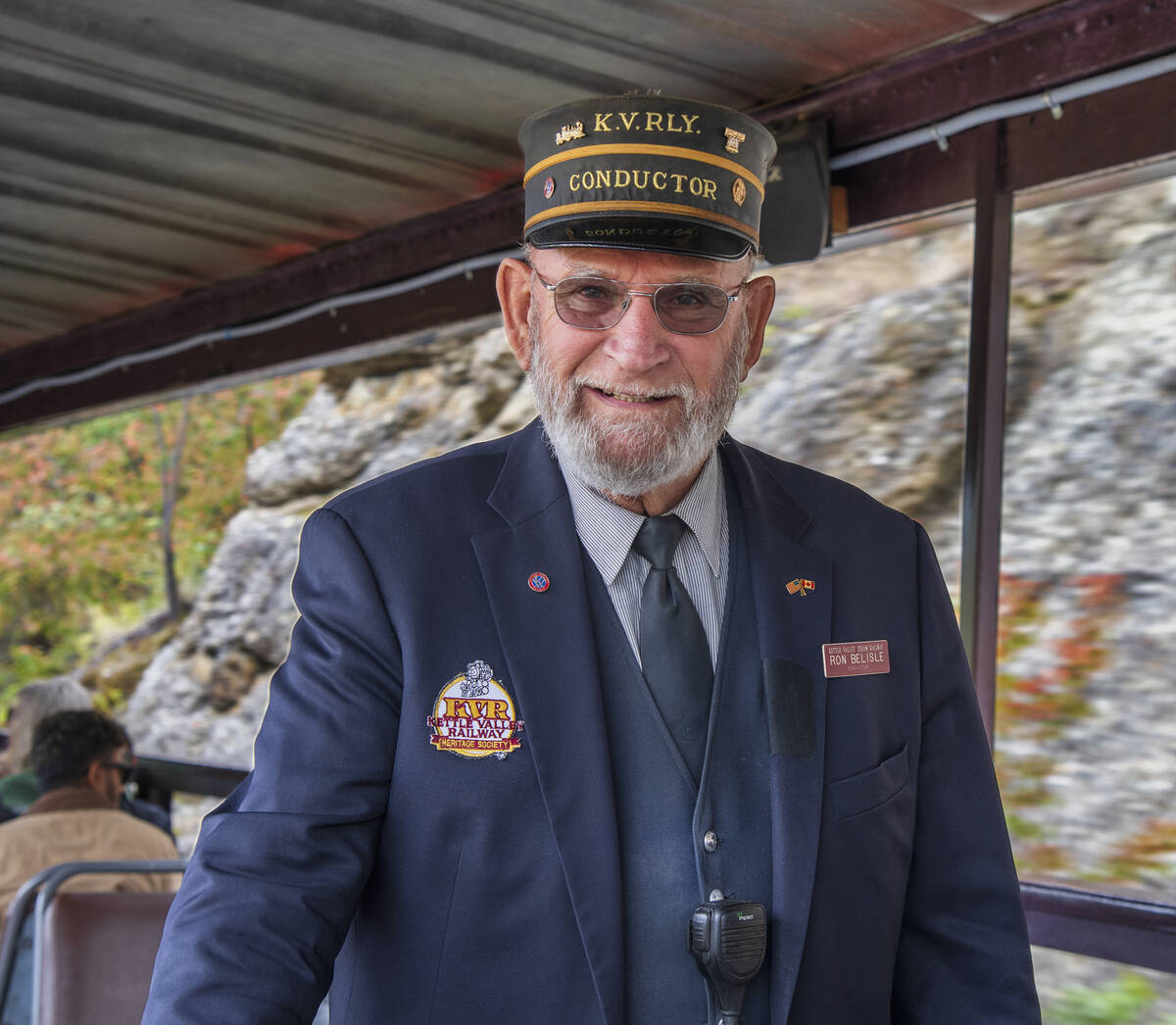

Mining boomed in southern B.C. in the late 1800s, but the CPR line was too far north to be useful. Mining companies found it cheaper and easier to ship through the United States, raising concerns over preserving Canadian sovereignty in the region.
Read Also


Try these suggestions to perk up those humdrum menus
If you find yourself bored with food, experiment with different cuisines to add interest and variety. Eat with friends as often as possible.
The first part of the KVR opened in 1915, although it was built in sections and took close to 20 years.
The per-mile cost through the mountain ranges and valleys was one of the most expensive of any railway in North America. Tracks eventually stretched from Hope to Castlegar, along with branch lines.
Despite its importance for freight and passengers, the railway operated for a remarkably short time. Sections were abandoned throughout the 1950s, 1960s and 1970s as road service improved and maintenance costs rose.
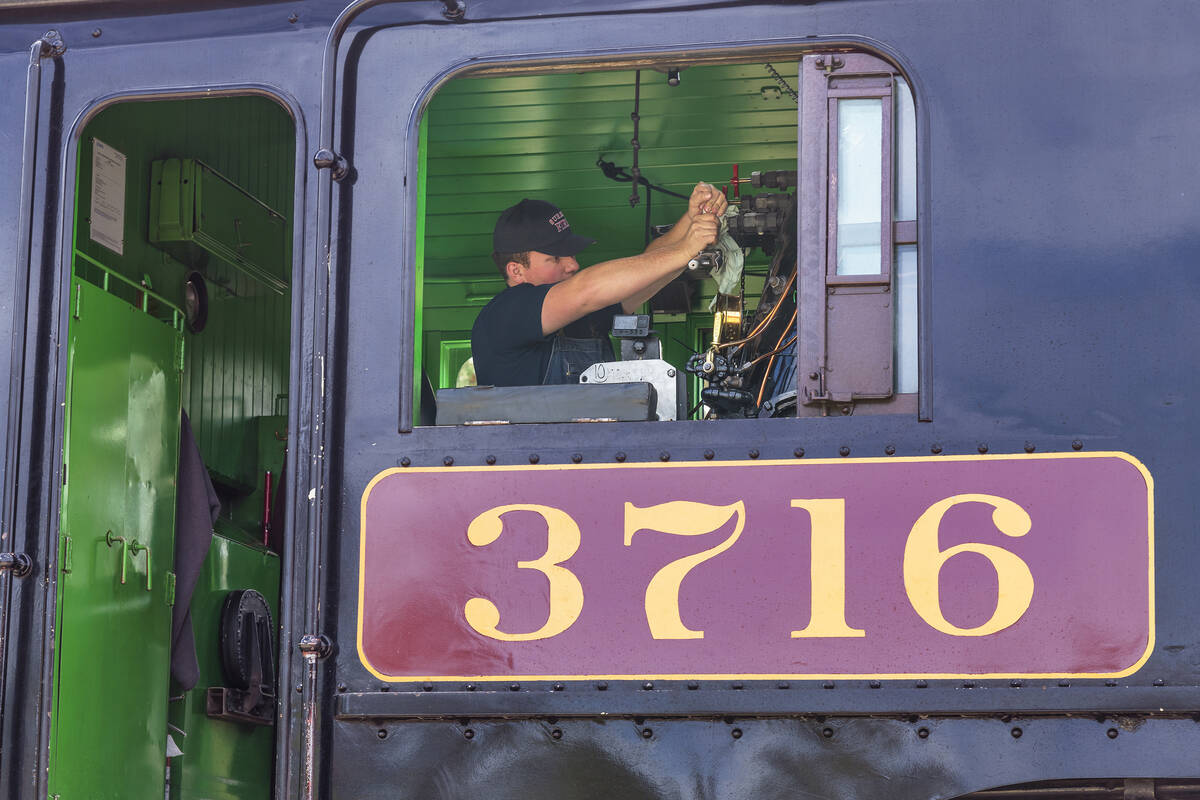

The last train ran in 1989.
As the railway was being dismantled, the non-profit Kettle Valley Railway Society saved a 16-kilometre section of tracks near Summerland, just north of Penticton in the Okanagan Valley, and began operating the historic train.
If the restored Locomotive #3716 looks familiar, you may have seen it before.
The iconic engine has appeared in many commercials and movies such as The Grey Fox, a story about Bill Miner, who had a bad habit of robbing trains in southern B.C.
The engine burned coal when built in 1912, but in 1929 it was refurbished to operate on oil.
Passengers choose between classic railway carriages or open-air cars for a better view.
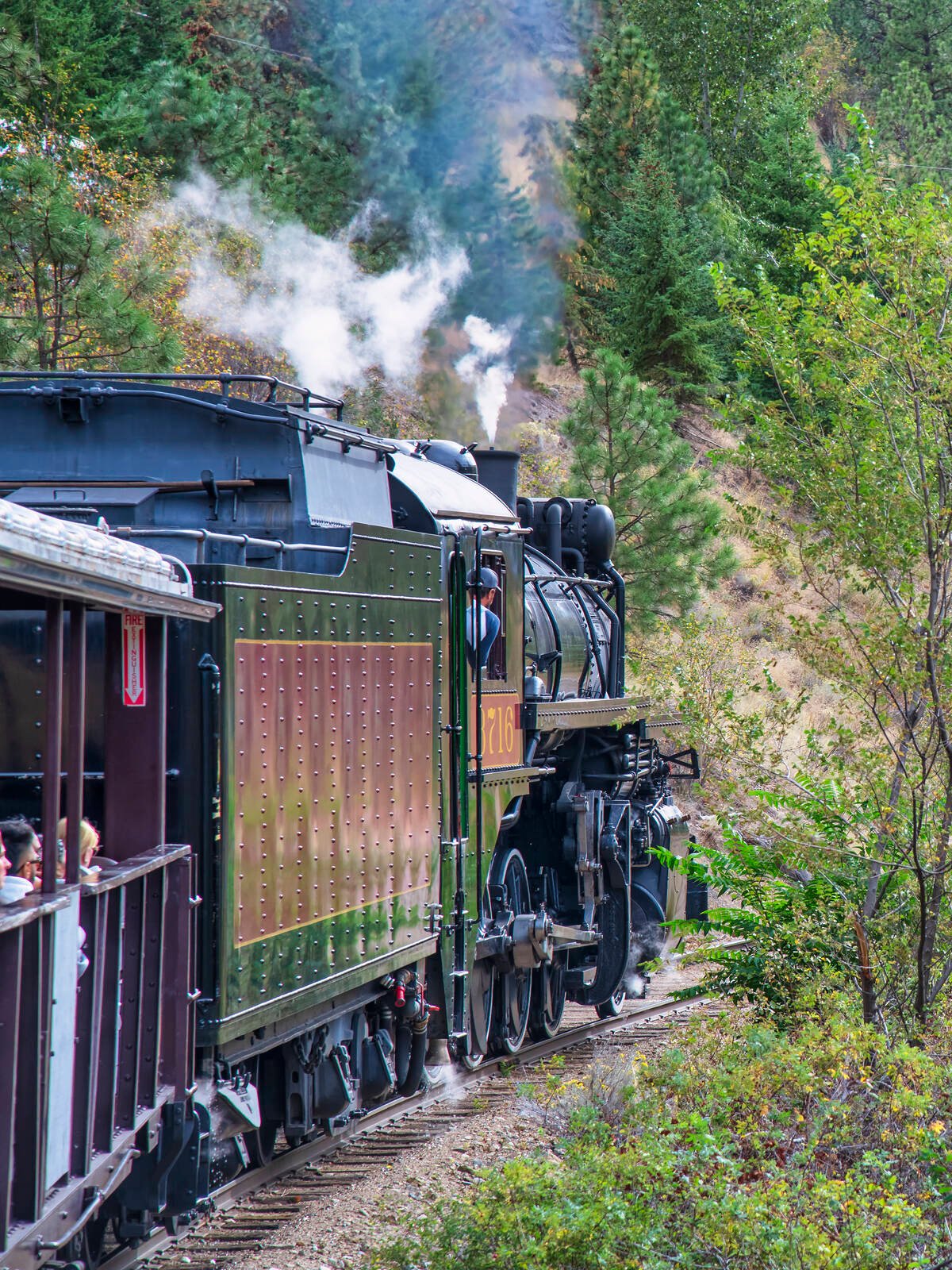

Besides the scenery, an unexpected bonus was seeing bears three times during the trip. They like the remote stretches where only the train goes; plus, the nearby apple orchards make good eating.
The trip runs as far as the Trout Creek Trestle Bridge, the highest of the railway line at 238 feet above the canyon floor, and among the highest in North America when it was built.
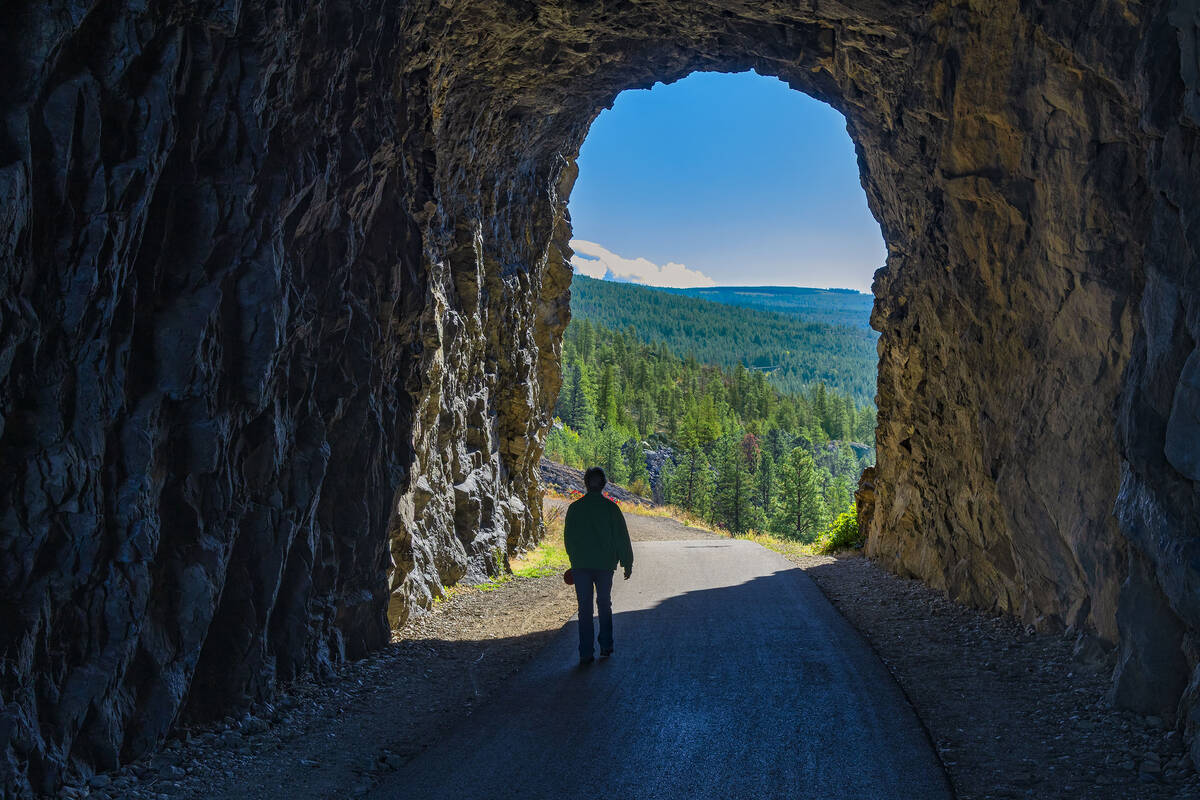

At the start of the trip, we noticed that the front of the locomotive was hitched to the back of the train so that it would be pulling in reverse. This seemed odd at first, but at the turnaround point, it became apparent why.
On a siding, they unhooked the engine, which maneuvered back to the main tracks and then backed up to the other end of the train. Our outward journey had been downhill, but it would be uphill for the return, requiring maximum power from the locomotive.
While the train ride provides an enjoyable and nostalgic blast from the past, we can also experience the even more popular use of the KVR as a recreational trail. Much of the 600 km of the former railway have been set aside for hiking and cycling, the most developed section being almost directly across Okanagan Lake from Summerland.
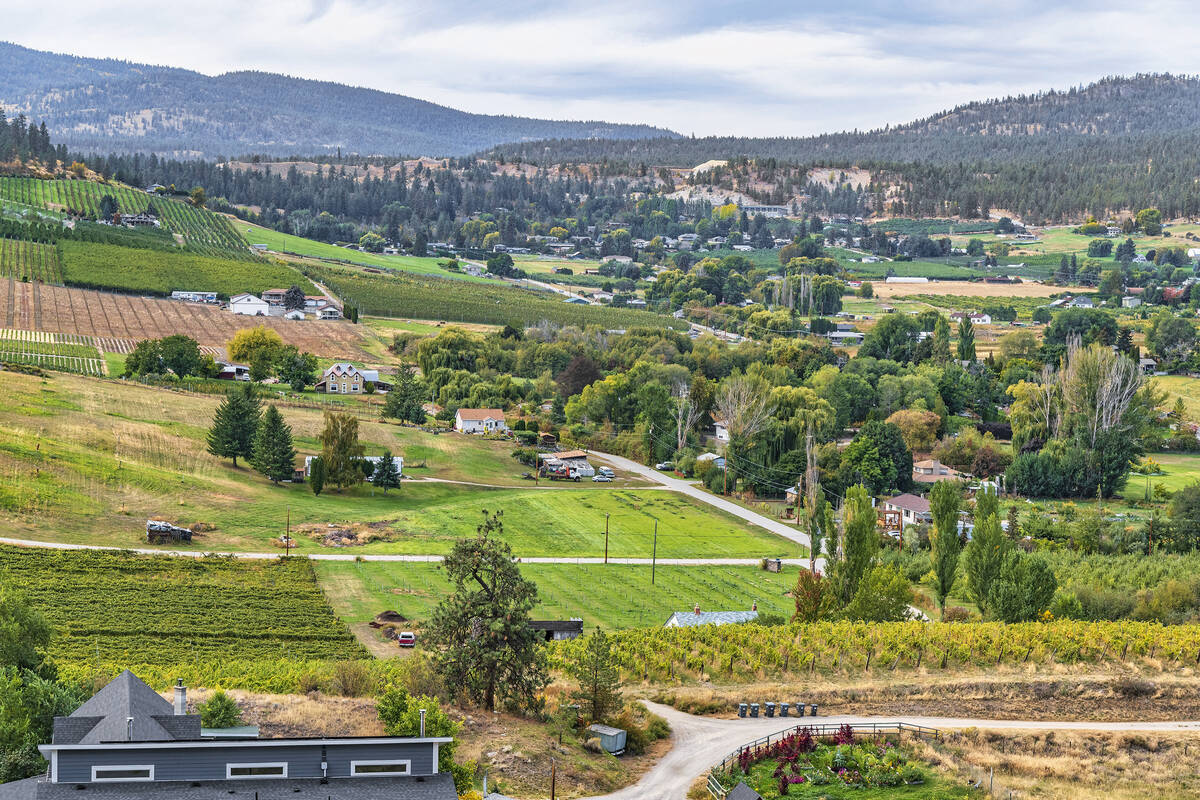

A popular stretch, especially for biking, runs for 16 km from Penticton to Naramata and the Little Tunnel, which was blasted through solid rock on a cliff face 600 metres above the lake.
Despite the height, the trail is easy because it follows the railway bed, which never exceeds a grade of 2.2 per cent.
The route combines forested mountains with valleys full of vineyards and wineries. Shorter excursions are possible by starting at other trailheads.
We can also drive to the Little Tunnel.
After winding up mountain roads, we turned onto the last three-km or so stretch, which is the old railway bed, extremely narrow and hugging the edge of the cliff. Fortunately, we didn’t encounter oncoming traffic or it would have been a long backward drive for one of us.
The road ends at a parking lot just steps from the 80-metre-long tunnel, where the ceiling is still covered in soot from steam trains. A picnic site has the most amazing view around as we look over the water, vineyards and orchards, as well as Summerland across the lake.
Arlene and Robin Karpan are well-travelled writers based in Saskatoon. Contact: travel@producer.com.
Source: producer.com


